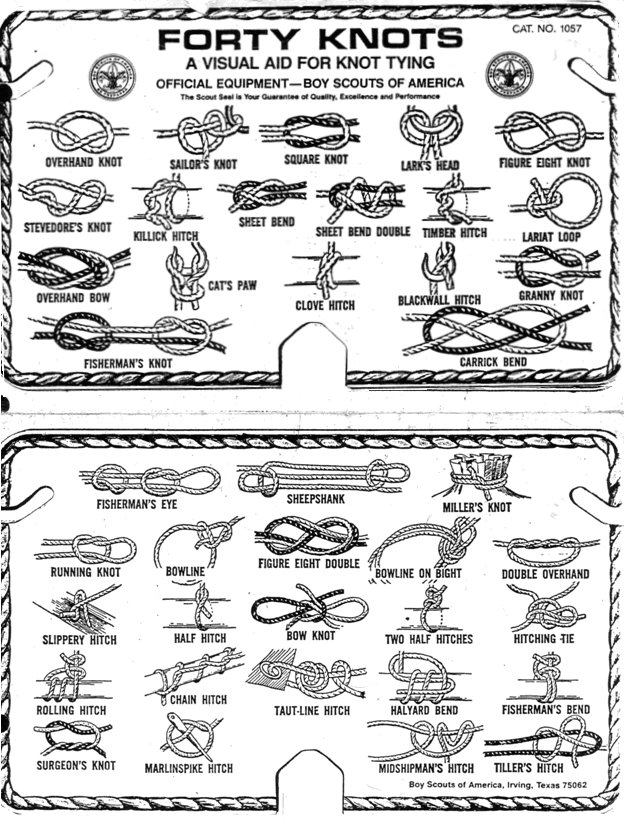

The backing literally “backs you up” if you hook a large fish that takes out your entire fly line (about 100 feet). Let’s start with your backing because if you are at home right now, starting with an empty reel, that’s the item you need to deal with first. As the old adage goes, “there are many ways to skin a cat,” and there are also many ways to connect all the pieces of your fly line system-here are some trusted and time-tested methods, and the reasons behind them. You’ll find that some knots are easier for you to tie than others, or you’ll find new methods of tying old knots. It doesn’t make you less of a fly fisher if you need to look up a lesser-used knot like a uni knot from time to time when you get a new reel and want to add backing. Most other knots can be tied using a reference such as this magazine. One thing to be aware of is that the outer cords will shorten after knotting, whilst the length of the center cords will remain unchanged.S o you may have to leave an extra allowance for the outer cords.The knots you use to add a tippet, or tie on a fly, you’ll have to know by rote, because you’ll do it dozens of times each day. You can see in the photos that we demonstrate how the right cord goes in front of the knot, so the cord spirals down clockwise. If you put the right cord in front, it’ll spiral towards the right in an anti-clockwise direction).



You can create variations using the half knot by mixing up the directions or the order.


 0 kommentar(er)
0 kommentar(er)
